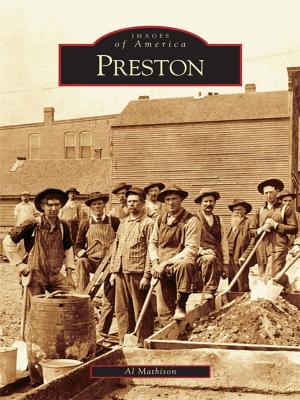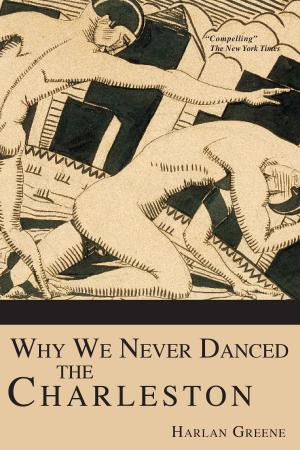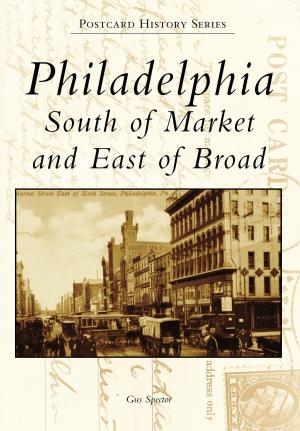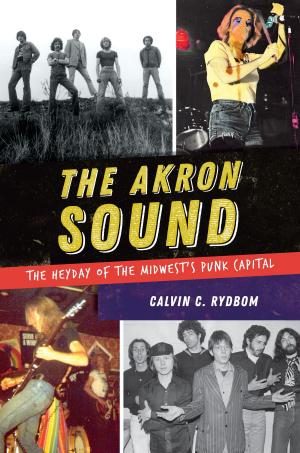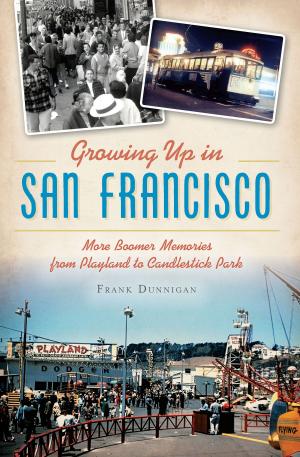The New York City Triangle Factory Fire
Nonfiction, Science & Nature, Nature, Environment, Natural Disasters, Art & Architecture, Photography, Pictorials, History, Social & Cultural Studies, Social Science| Author: | Leigh Benin, Rob Linné, Adrienne Sosin, Joel Sosinsky | ISBN: | 9781439639115 |
| Publisher: | Arcadia Publishing Inc. | Publication: | February 28, 2011 |
| Imprint: | Arcadia Publishing | Language: | English |
| Author: | Leigh Benin, Rob Linné, Adrienne Sosin, Joel Sosinsky |
| ISBN: | 9781439639115 |
| Publisher: | Arcadia Publishing Inc. |
| Publication: | February 28, 2011 |
| Imprint: | Arcadia Publishing |
| Language: | English |
On March 25, 1911, flames rapidly consumed everything within the Triangle Waist Company factory, killing 146 workers. The victims, mostly young Jewish and Italian immigrant women, died needlessly due to unsafe working conditions, such as locked or blocked doors, narrow stairways, faulty fire escapes, and a lack of sprinklers. Until September 11, 2001, the Triangle fire was the deadliest workplace disaster in New York City history. Mass grief and outrage spread from New York's Lower East Side across the country. Garment union membership swelled, and New York politics shifted dramatically toward reform, paving the way for the New Deal and, ultimately, the workplace standards expected today. Through historic images, The New York City Triangle Factory Fire honors the victims" sacrifice and serves as a reminder of the ongoing struggle for the dignity of all working people.
On March 25, 1911, flames rapidly consumed everything within the Triangle Waist Company factory, killing 146 workers. The victims, mostly young Jewish and Italian immigrant women, died needlessly due to unsafe working conditions, such as locked or blocked doors, narrow stairways, faulty fire escapes, and a lack of sprinklers. Until September 11, 2001, the Triangle fire was the deadliest workplace disaster in New York City history. Mass grief and outrage spread from New York's Lower East Side across the country. Garment union membership swelled, and New York politics shifted dramatically toward reform, paving the way for the New Deal and, ultimately, the workplace standards expected today. Through historic images, The New York City Triangle Factory Fire honors the victims" sacrifice and serves as a reminder of the ongoing struggle for the dignity of all working people.






